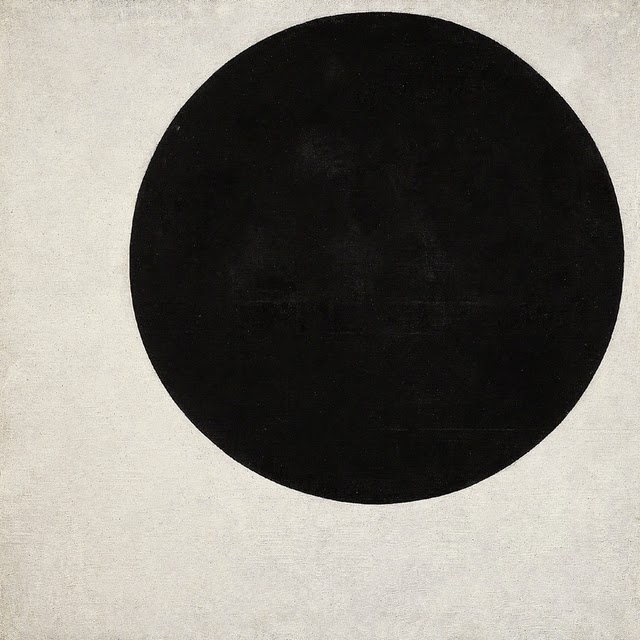A New Language of
Form
Maggie Merkin
ARTH 230-01
T. Long
World War I
and the Russian Revolution both took their toll on Russia as a whole, as the
Czar and the royal family were overthrown and executed, civil war broke out,
and political and societal turmoil and trauma continued to plague the country. However,
a brief era of creative arts saw a decade of Russian artists become influenced
by the cubism and futurism movements, coining the term cubo-futurism.
Throughout this artistic era, many innovations in typography and design came
about. After the Russian Telegraph Agency was created, poster art began being
produced to support the Red Army in the civil war. They were composed of
straightforward designs, crude stencil illustrations, and exaggerated historical
and societal events so that they could be easily read and understood by a
largely illiterate or semiliterate audience. At first the posters’
illustrations and designs were primarily hand copied, but in 1920 they began
being produced with stencils, so that they could easily produce hundreds of
copies each day. Of the artists that contributed to these poster designs,
Kasimir Malevich (1878-1935) proved to be especially innovative. Malevich was born
near Kiev in the Kiev Governorate of Russia to a Polish family. After the death
of his father, he moved to Moscow, and studied at the Moscow School of
Painting, Sculpture, and Architecture. Later in life, he founded a painting
style that consisted of basic forms and pure color that he dubbed suprematism,
creating elemental geometric abstraction that was new and innovative, as well
as nonobjective. He believed that the essence of art was the perpetual effect
of both color and form, and explored these beliefs in works such as the 1915 Suprematist Composition and the cover of
Pervyi tsikl lektsii (First Circle of
Lectures), creating concrete elements of color and shape in both pieces. He
continued to create his pieces with expressive qualities that were developed
from the intuitive organization of the forms and colors within the piece. The
De Stijl movement began in the Netherlands in the summer of 1917 by founder
Theo van Doesburg (1883-1931). Artists in this movement worked in abstract
geometric styles, and sought universal laws of balance and harmony for art. Painter
Piet Mondrian (1872-1944) was born in Amersfoort in the Netherlands, and was
introduced to art at an early age. In 1892, he attended the Academy for Fine
Art in Amsterdam, and from there launched a career in primary education as well
as painting. His work was naturalistic and impressionistic, and was largely of
landscapes, and in 1911, he moved from painting these traditional landscapes to
a symbolic painting style that was influenced by Van Gogh and expressed the
forces of nature. He was also influenced by the philosopher M.H.J.
Schoenmakers, who defined the horizontal and the vertical as the two
fundamental opposites that shape our world, while, the colors red, yellow, and
blue are the three principal colors. This influenced Mondrian to paint purely
abstract paintings that were composed of horizontal and vertical lines, as well
as those three principal colors. Artists like Mondrian reduced their visual
vocabulary to the use of both primary and neutral colors, flat planes,
rectangular and square shapes, as well as straight, horizontal and vertical
lines, thus, making much of their work incredibly similar. These two movements
and artists were both extremely innovative and influential in the design and
abstract arts that we know today, and provided a new language in art for form, shape, and color.








No comments:
Post a Comment